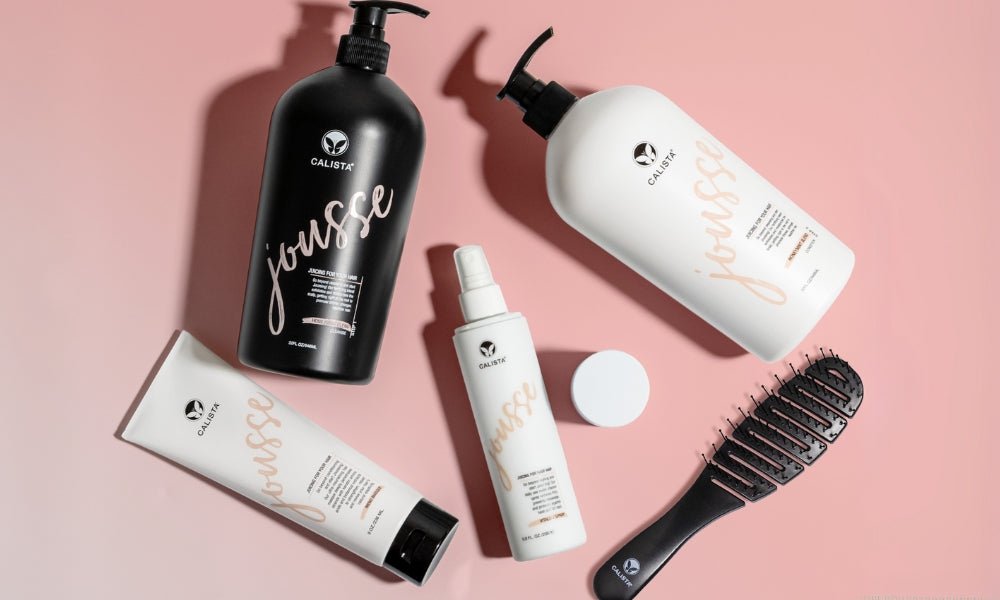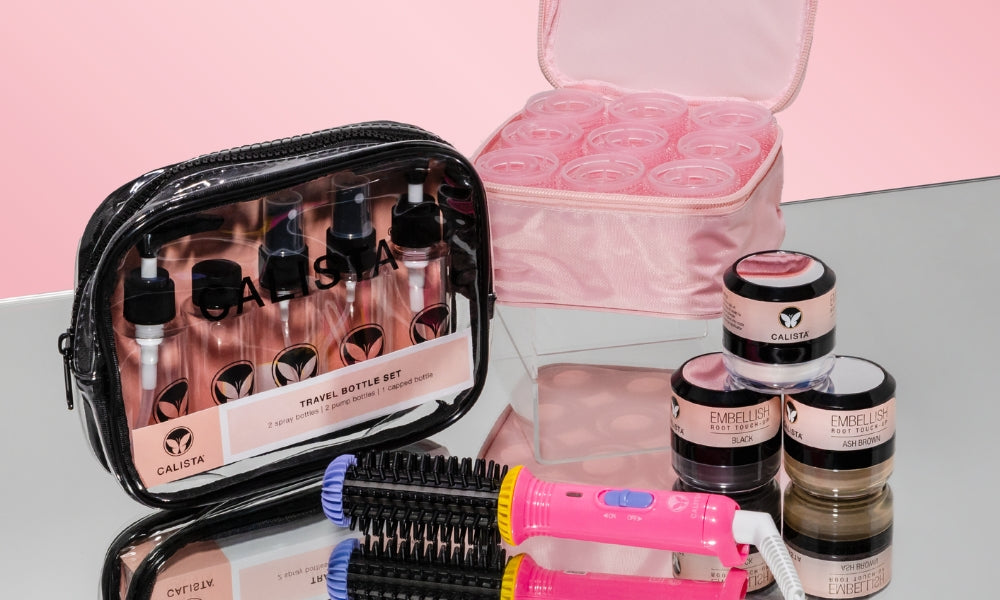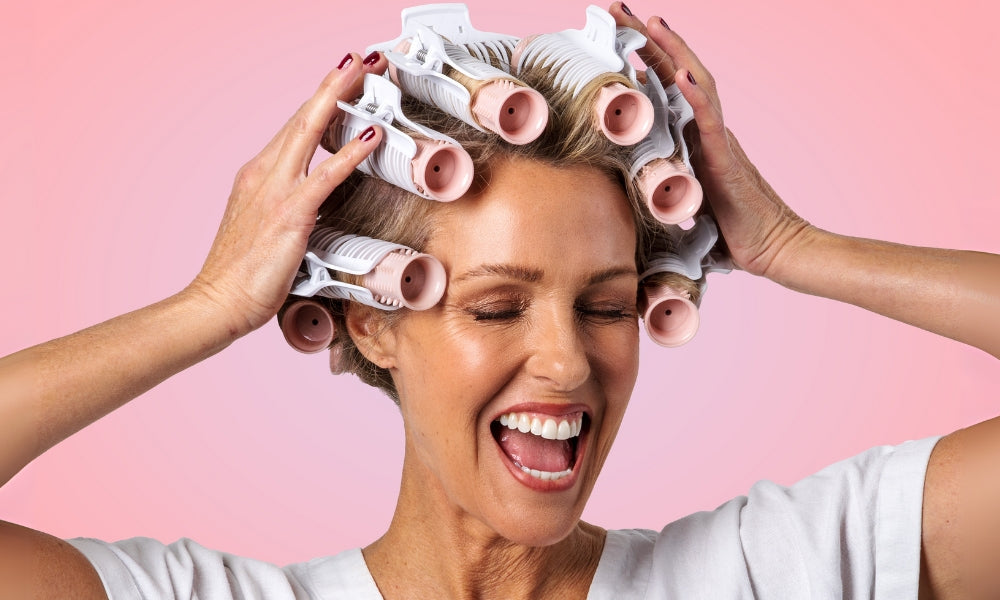It’s no secret: skin type is all the rage these days. Oily, dry, combination – no matter what kind of complexion you have, there are specified products and regimens out there for you. Taking care of your skin is a vital part of self-care, but what about your hair? How can you be certain that the products, treatments, and tools you’re using are meant for you? Check out the guide below to uncover your hair type and unlock the styling tips you’ve been searching for.
Scalp Moisture
It all starts at the root. Your scalp could have a moisture level ranging from dry to normal to oily. Take notice of how your scalp feels about 2 days after a you shampoo and condition.
If it seems to be flaky and stripped of natural oils, you likely have a dry scalp that could use a dose of hydration. This can come from a hydrating shampoo and conditioner or a specialized hair oil.
On the other end of the spectrum is an oily scalp. If your hair is greasy and lacking in volume after a few days, you probably have an excess of oils. An oily scalp can be assisted with a texturizing powder or a dry shampoo that will remove some of that moisture and balance out the greasy buildup.
Hair Texture
Your hair’s texture comes down to its shape and the way your strands fall. The four types of texture are typically categorized by straight, wavy, curly, or coily. Pay attention to the way your hair dries to determine which of these types you fall under.
If your hair dries without any curve whatsoever, you have straight hair.
If it dries with a bit of an “S” shape or a slight curve, you have wavy hair.
If it dries with a defined, loop-style curl, you have curly hair.
If it dries with a springy, tight spiral or zig-zag pattern, you have coily hair.
Different hair types benefit from different products and tools.
Hair Structure
Structure is less about how your hair looks and more about how it feels. When determining the structure of your hair, the easiest thing to do is run your fingers through it and separate out a single strand.
Generally, hair is either fine, medium, or thick. There are a few ways to determine which you fall under, but our favorite is the feel test. Take that single strand and place it between your fingers. If you can’t feel it, you have thin hair. If you can feel it, it’s medium. If you feel a strong, thick strand, it’s thick.
Now What?
Armed with your new intel about your hair, product and tool shopping will be a breeze!









Hi Rosemarie,
If your scalp is flaking, that likely means it’s quite dry. We recommend using a hydrating hair mask or a hydrating conditioner to help add moisture back to the skin of the scalp. If you have any further questions, please don’t hesitate to reach out to us at CustomerCare@calistatools.com!
What do you suggest for dry flakes scalp?
Leave a comment